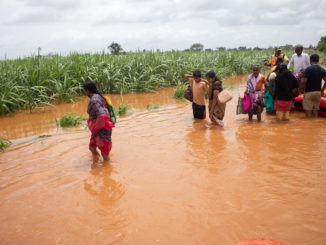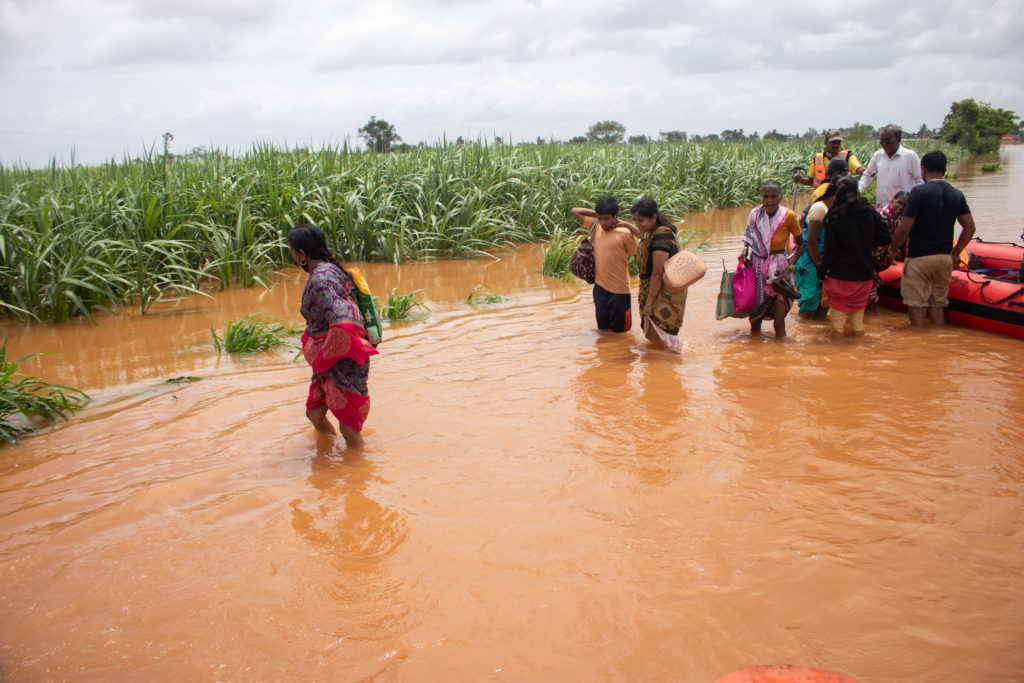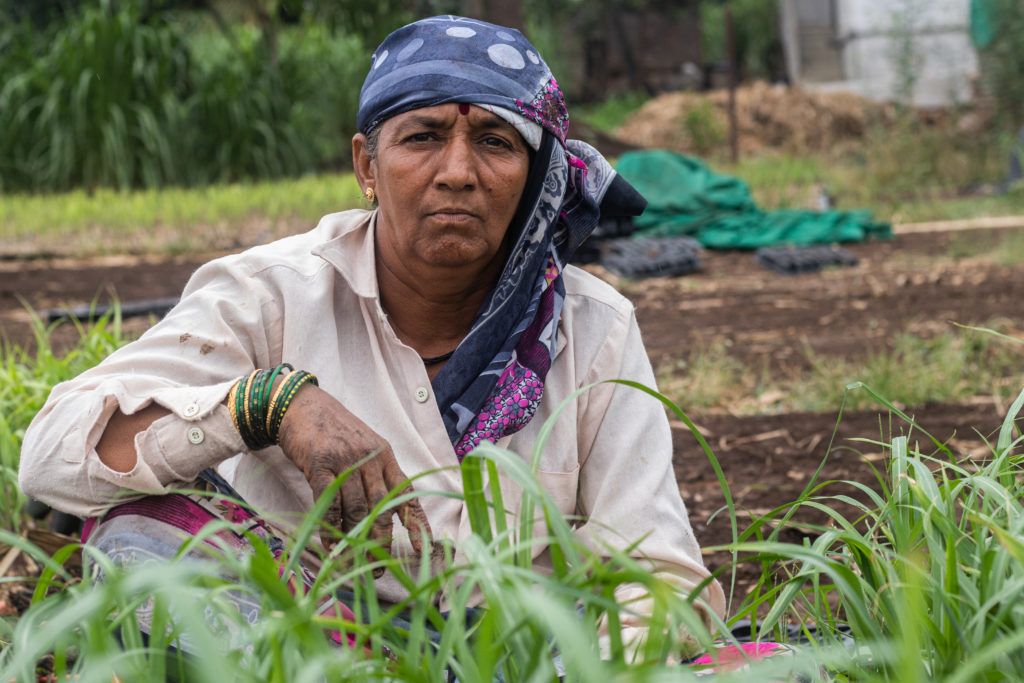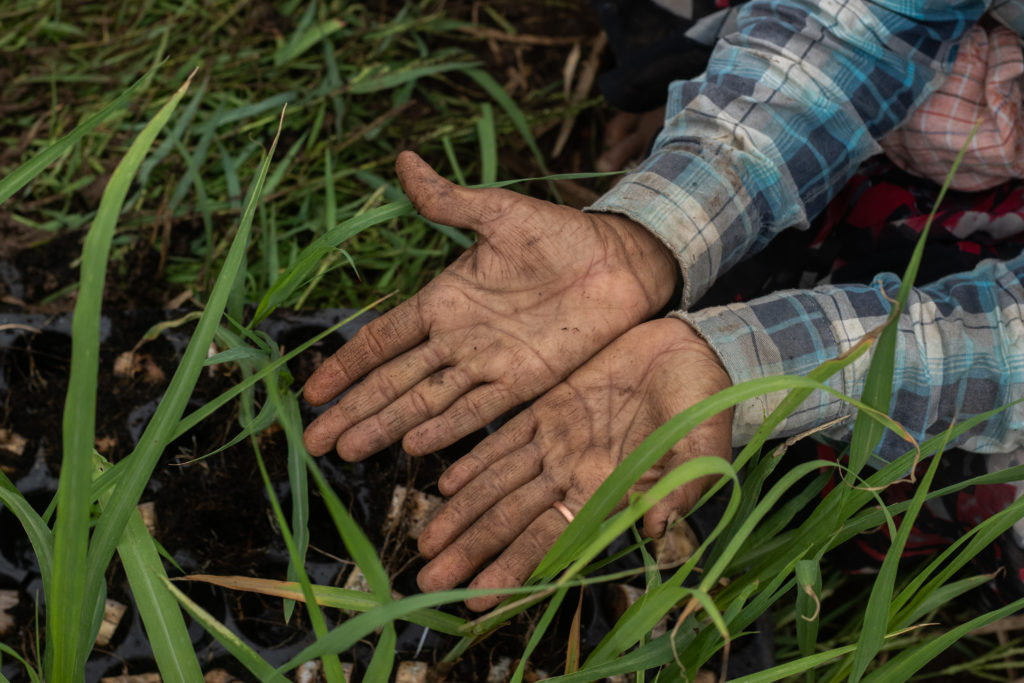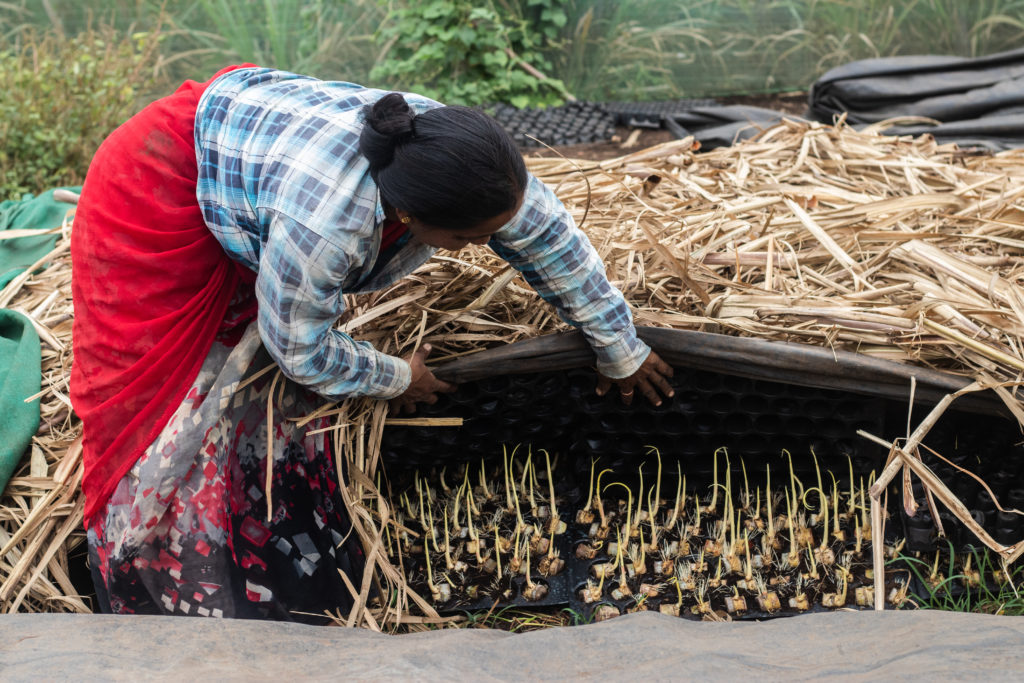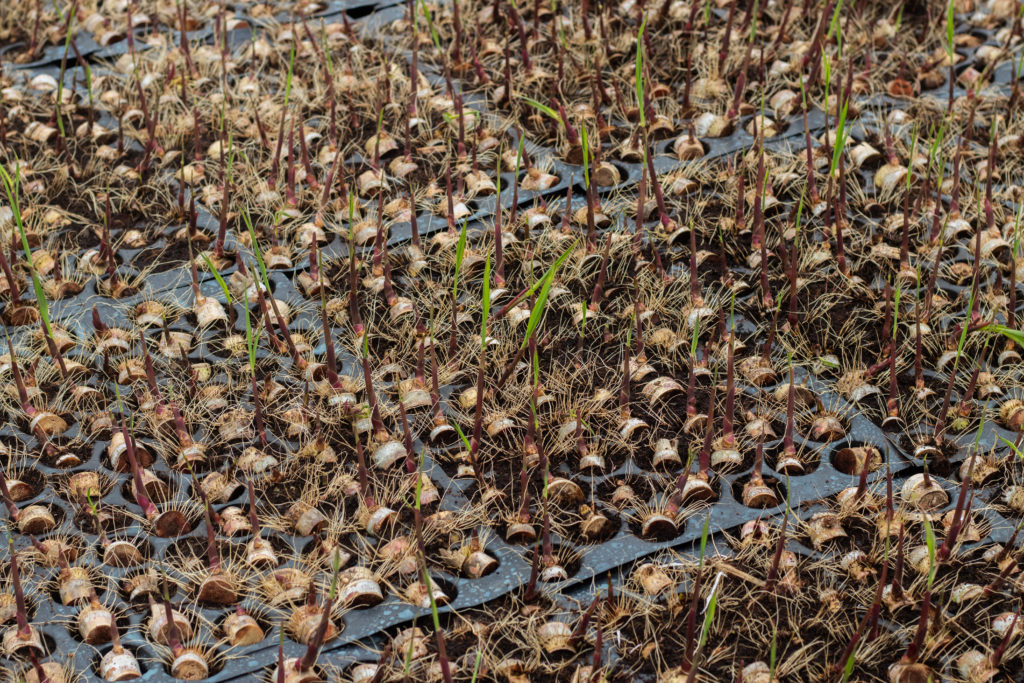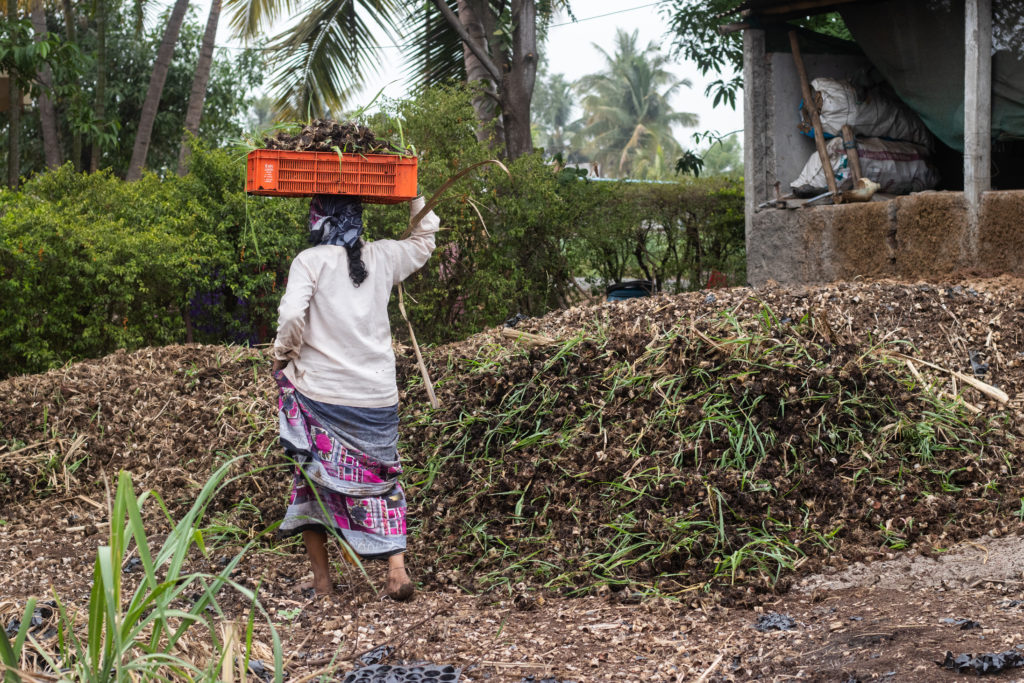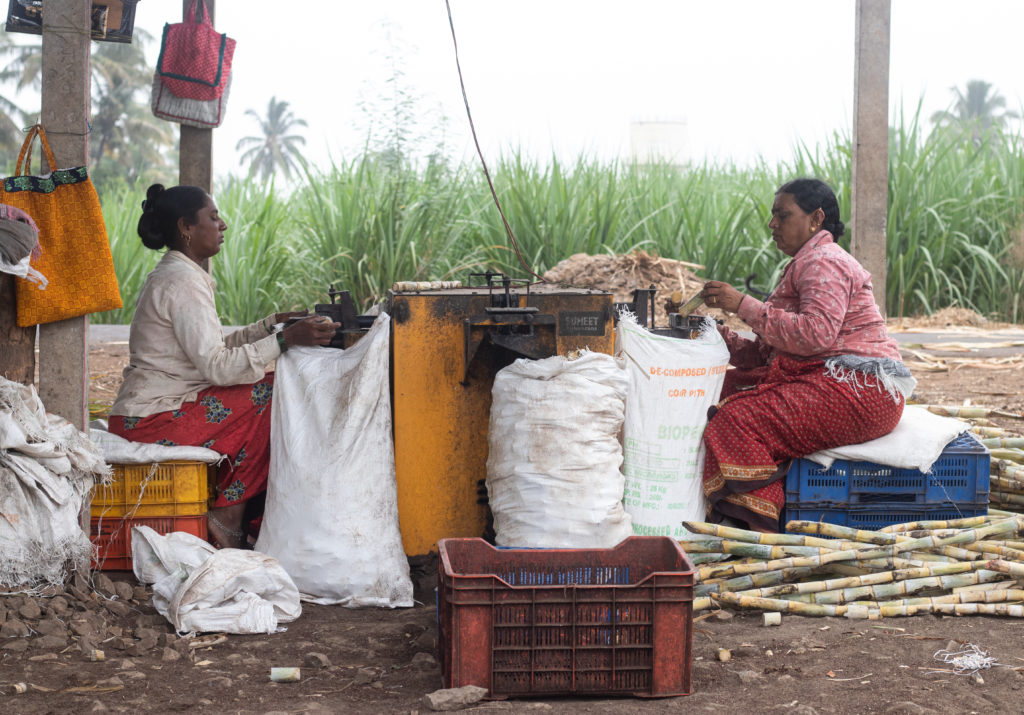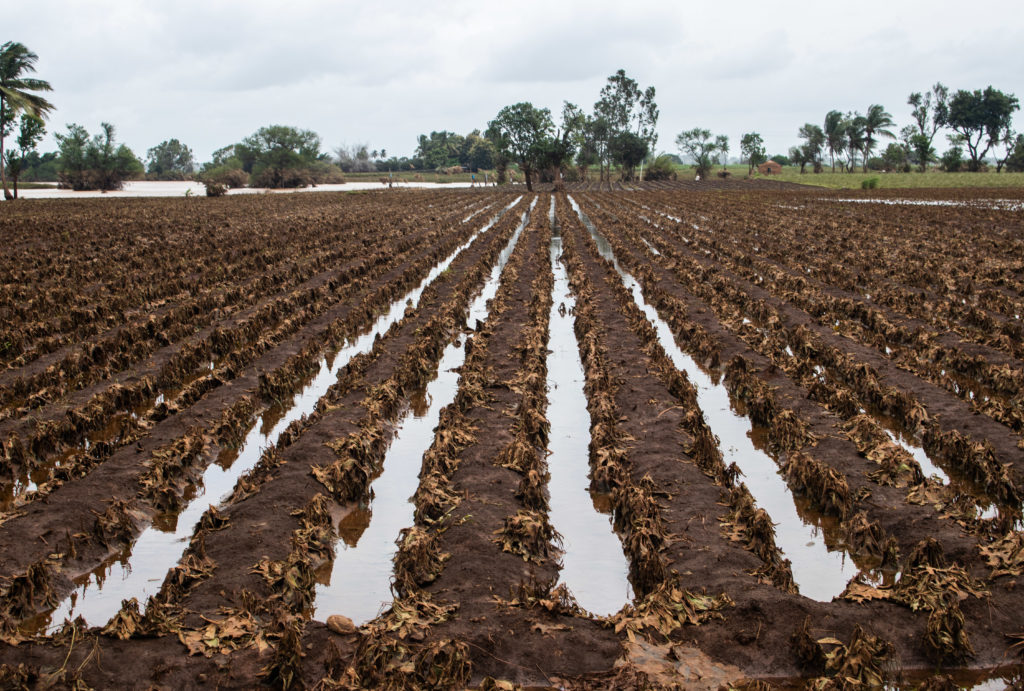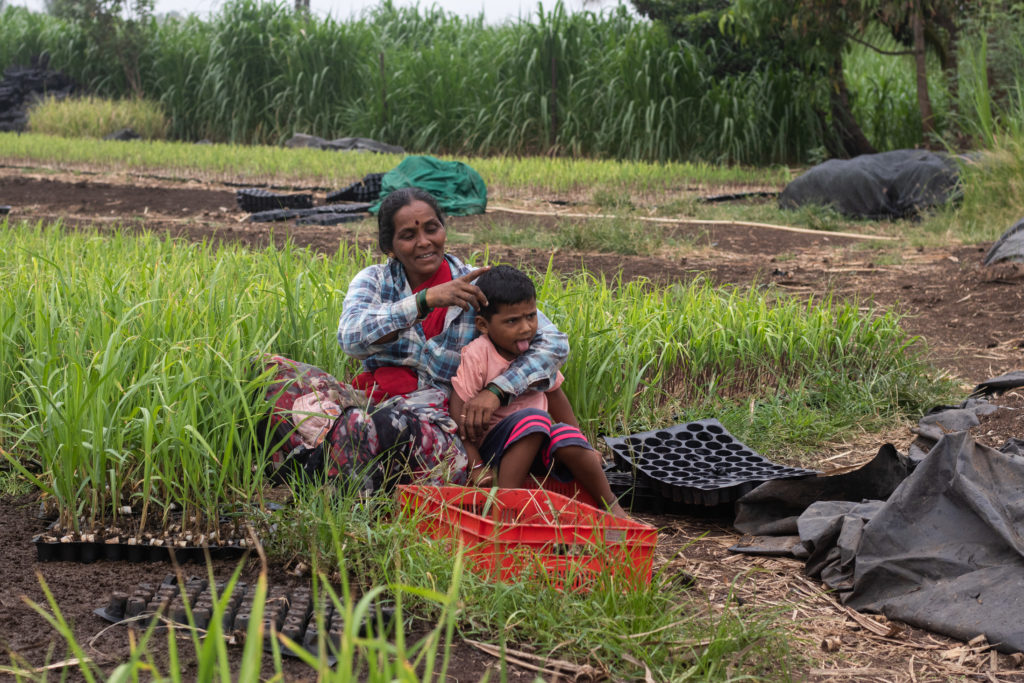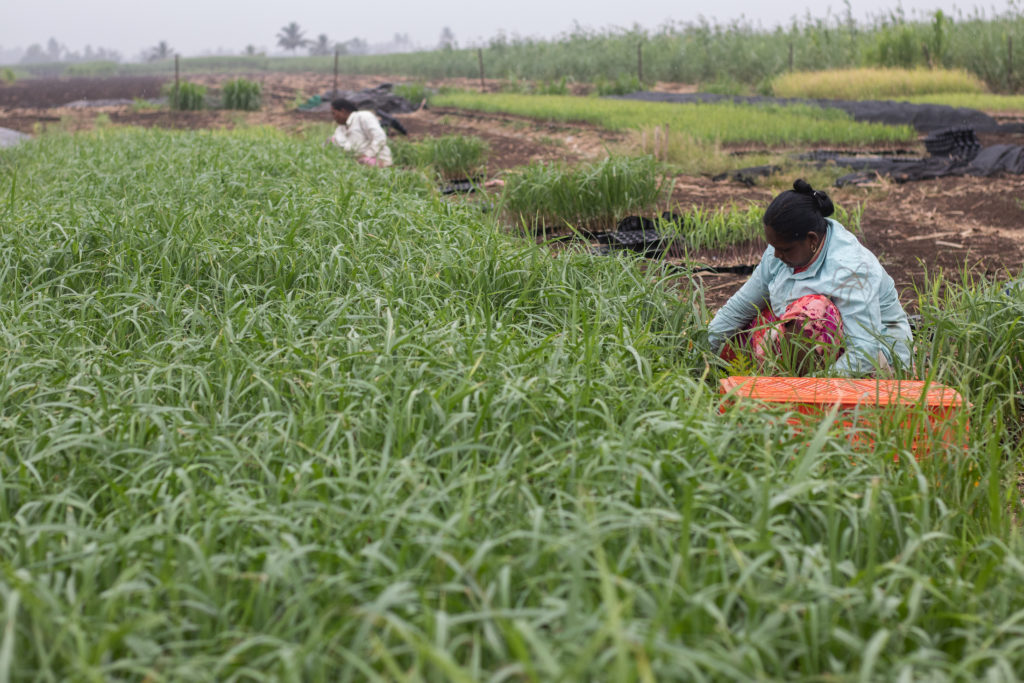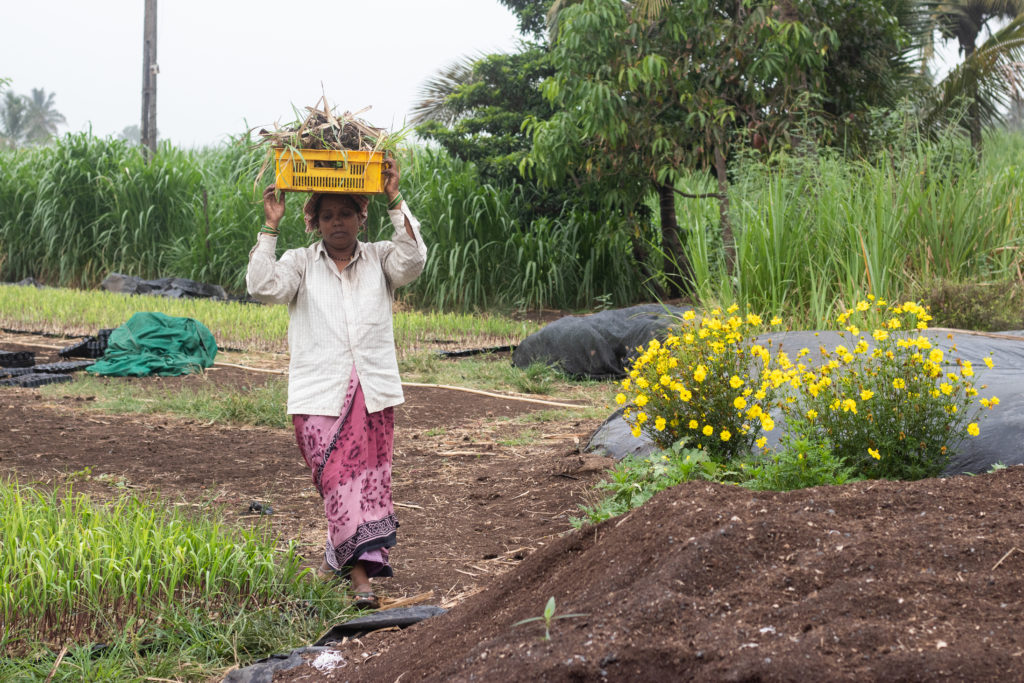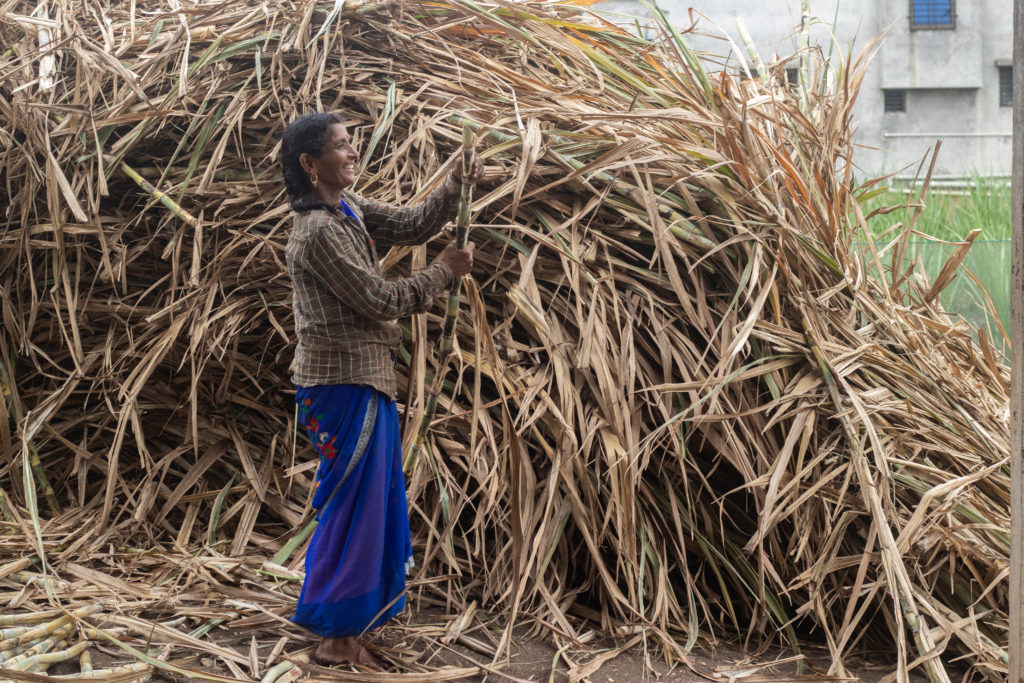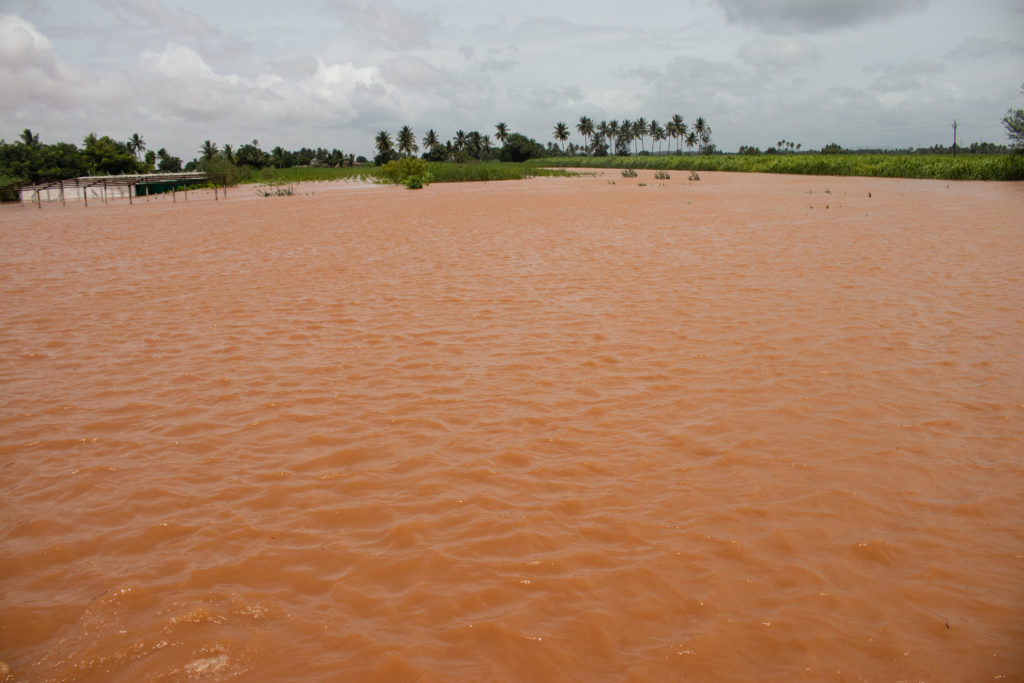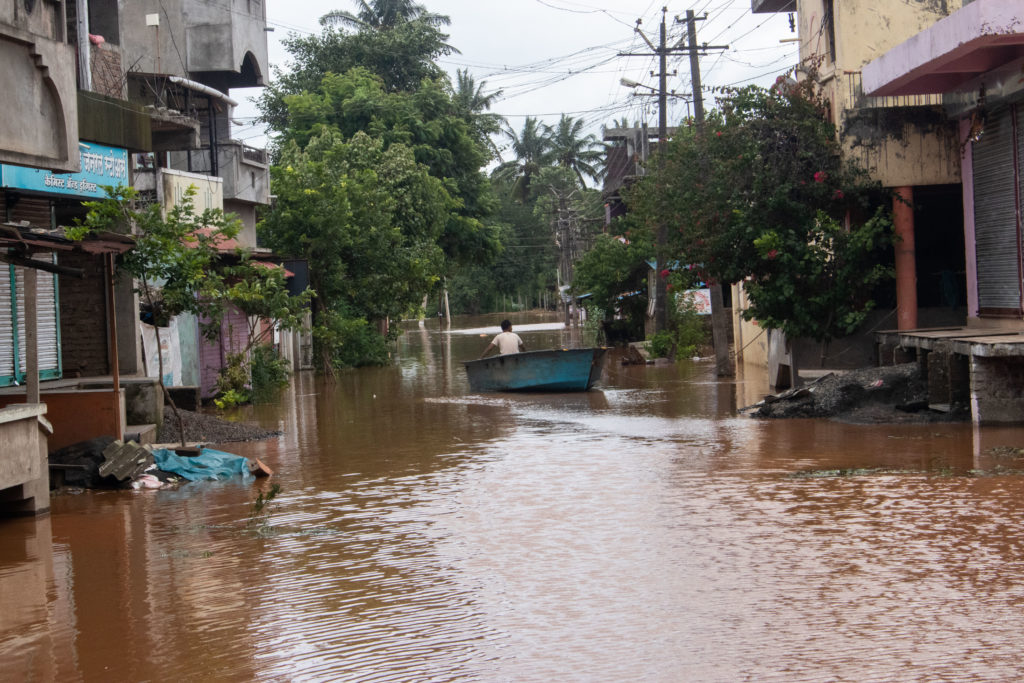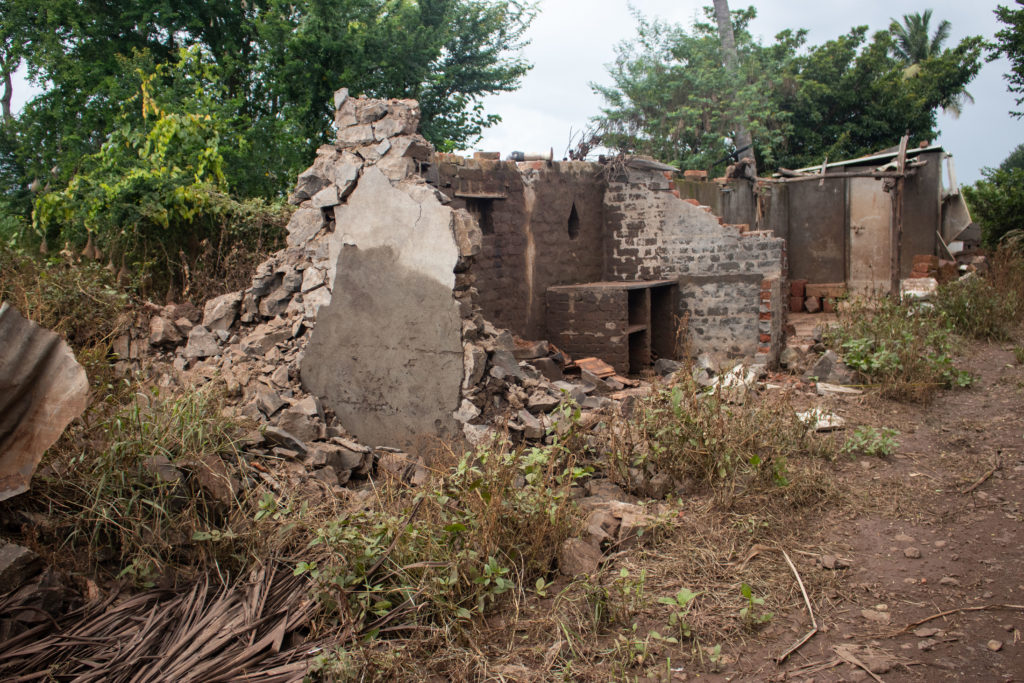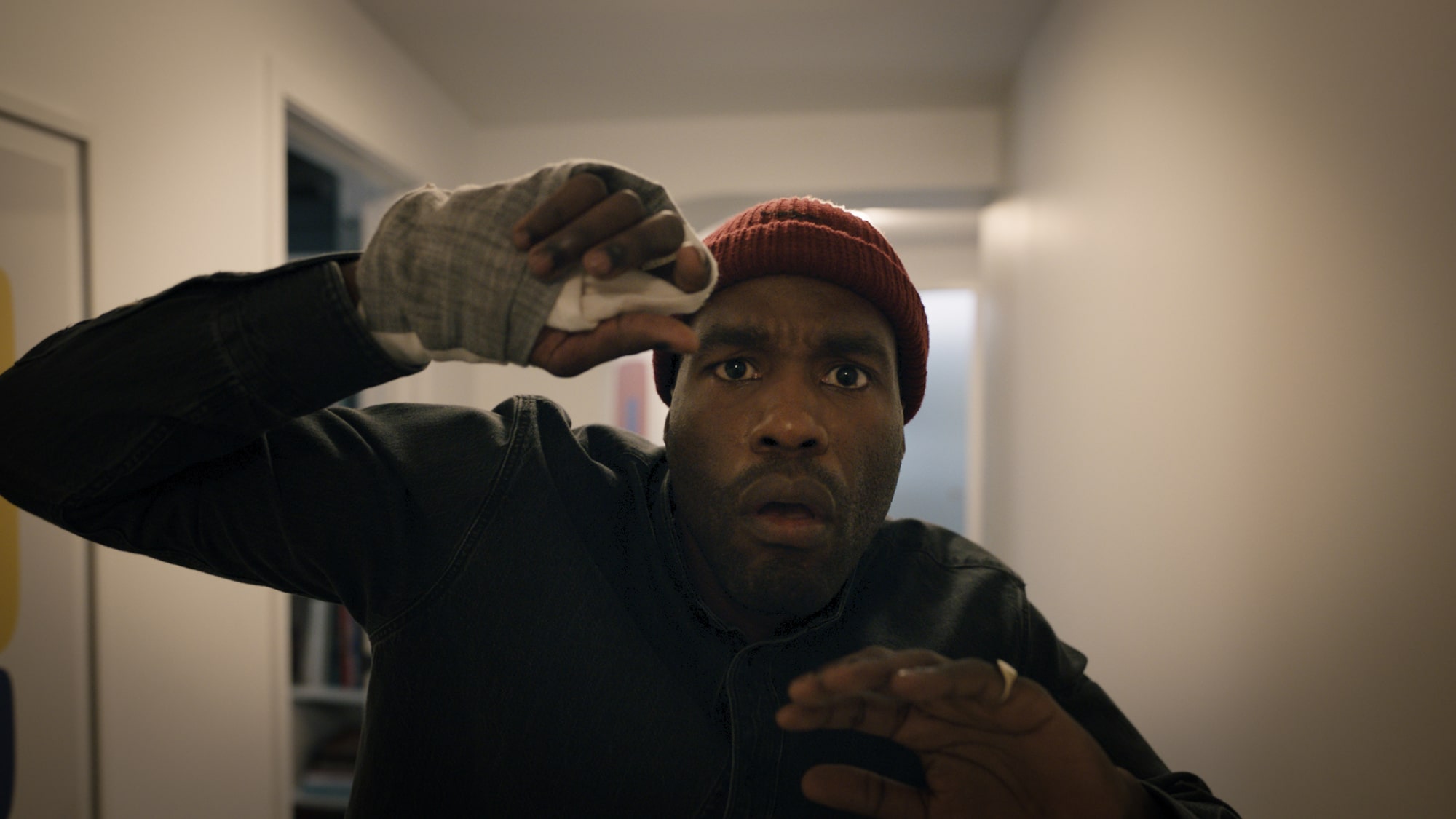
Editor’s Note: This review contains spoilers.
“Don’t Look Up” uses satire to magnify the outrageous responses of fictional U.S. politicians, media, corporations and the population to a fictional comet that is about to collide with Earth and wipe out all life. But the film’s depiction isn’t too far from reality, considering how the real-life U.S. government has failed to address climate change, which could cost all of us our lives.
Leonardo DiCaprio effectively plays astronomist “Dr. Randall Mindy,” mentoring younger female doctoral student “Kate Dibiasky,” played by Jennifer Lawrence. Mindy is portrayed as a typically dull and bland scientist type, with a dull and bland wife and family life. This reflects the stereotype of scientists being boring and uninteresting, and helps to set up for the drastic change Mindy undergoes later in the film when he is exposed to the limelight.

Dibiasky on the other hand is the stereotypical hip, loner Geek Girl, rapping along with Wu Tang Clan’s “Wu-Tang Clan Ain’t Nuthin’ Ta F’ Wit,” while she scours the stars in her school’s observatory and discovers the comet. But, as brilliant as she is, Dibiasky is portrayed as socially awkward and unsophisticated, with a demeanor that is actually direct, especially considering the circumstances, but is characterized as sullen and snarky, and used against her later in the film.
As the scientists’ discovery is brought to the attention of the president of the United States, played with wacky deviousness by Meryl Streep, their warnings are dismissed and spun in ridiculous ways. But when we consider how real-life politicians approach policy—and even science—not from a people-centered approach, but with a primary focus on polling and elections, the scenes depicting the president with her advisors and cabinet members aren’t so ridiculous after all.
The film also takes a very pointed jab at the media; vapid morning talk shows, in particular. Even those that are allegedly political, with their focus on keeping the banter and topics light, rather than focusing on whatever existential crisis humanity is facing, and there are lots of them, but in this case the impending extinction-level collision of a comet with Earth. But print media is not spared, as the lack of journalistic integrity is critiqued when a major print newspaper also goes with the narrative that polls well, rather than the truth of the story leaked to them that the talk news shows and the government ignored.
The stereotype of the sex-crazed, airhead talk-show personality is played boozily by Cate Blanchette, throwing herself at the (arguably) sexy male scientist, Mindy, while insisting that the serious Dibiasky never return to the show. But, in truth, too many female television personalities do play the role of the pretty, bleached-blond giggler anchoring “news” shows that millions watch every day, without delivering an ounce of real, truthful news about any of the issues that impact those people’s lives. And the film presents the misinformation those regular people receive from politicians and the media effectively in rabid “Don’t Look Up” advocates convinced that the comet is a tool being used by “them” to make people live in fear.
Meanwhile, Tyler Perry portrays Blanchette’s male co-anchor. He plays just as much of an airhead as his female colleague, refusing to deal with the seriousness of the comet, but he does so with a strain of vindictiveness as he makes jokes about the comet destroying his ex-wife’s house. I think there’s something to be said for the lengths some Black people will go to maintain the status quo, even when the lives of others are at stake and they know it. Particularly in the media.
Even citizen activism is touched on in the movie, with the fervent efforts to educate and inform people are drowned out by powerful politicians, the media and the military. And even celebrity advocacy is skewered for the feel-good-but-oftentimes-vanity project that it usually is.

Corporations are not spared in this pointed satire, as a creepy/robotic/absentminded professor/evil genius-like tech company CEO with a cult-like following named Peter Isherwell—played by English actor Mark Rylance—floats a truly diabolical idea to the president on how to deal with the comet. Isherwell’s company, BASH Cellular, is an obvious portrayal of the tech behemoths Apple, Google and Facebook have become. BASH is so ubiquitous, the fictional tech company is able to detect people’s moods and present them with visual content to help them feel better. That isn’t out of the realm of reality, because who doesn’t enjoy a great cat video right now? I sure do. But that the government capitulated to him isn’t ridiculous at all in light of the current corporate control of the real-life U.S. government, and viewers should not miss the film’s condemnation of the illogical, insane, life-threatening capitalist greed in the whole plan. What people may miss is the implied imperialism when the fictional U.S. government breaks a treaty with China, India and Russia, and the coincidental (not at all) mysterious (not at all) disaster that befalls the aforementioned countries’ plan.
It is true that the film is co-written by David Sirota, former-Clintonite-turned-progressive. But Sirota and his crew are spot on with much of the political commentary. Where it misses is the film is very… Eurocentric, with only a lone Indigenous dancer near the end, which might signify the people nobody listened to. But I’m not quite sure. That scene honestly seemed like an afterthought.
Otherwise, “Don’t Look Up” is a funny film because the responses of the fictional politicians, media figures and regular folks are so utterly and breathtakingly ridiculous and portrayed so well by the cast. But I think it also is a horror movie because we know every depiction of the real-life people and institutions those actors play is absolutely true.
Jacqueline Luqman is a radical activist based in Washington, D.C.; as well as co-founder of Luqman Nation, an independent Black media outlet that can be found on YouTube (here and here) and on Facebook; and co-host of Radio Sputnik’s “By Any Means Necessary.”

